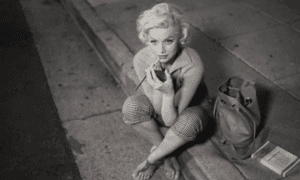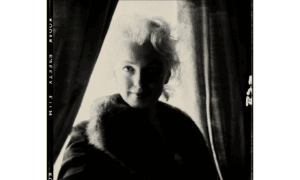The book “As a Man Thinketh” was first published, astonishingly, in 1902, yet its shadow stretches right up to the present moment. British philosopher-writer James Allen’s text is one of the most famous and frequently cited texts in the personal development movement that has enveloped the world since the 1950s and ‘60s. Every significant American personal development guru cites it: Napoleon Hill, Earl Nightingale, Bob Proctor, Zig Ziglar, Louise Hay, and many more.
Its endurance may be due to its central contention: “As a man thinketh in his heart so is he.”
This sentence is actually a quotation from Proverbs 23:7, but Allen’s book is not simply a Bible-based exposition; it demonstrates, in a secular way, how some of its insights are applicable today.
Specifically, what the quotation means is that our thoughts, our deep thoughts (those in our hearts), determine who we are and what we become.
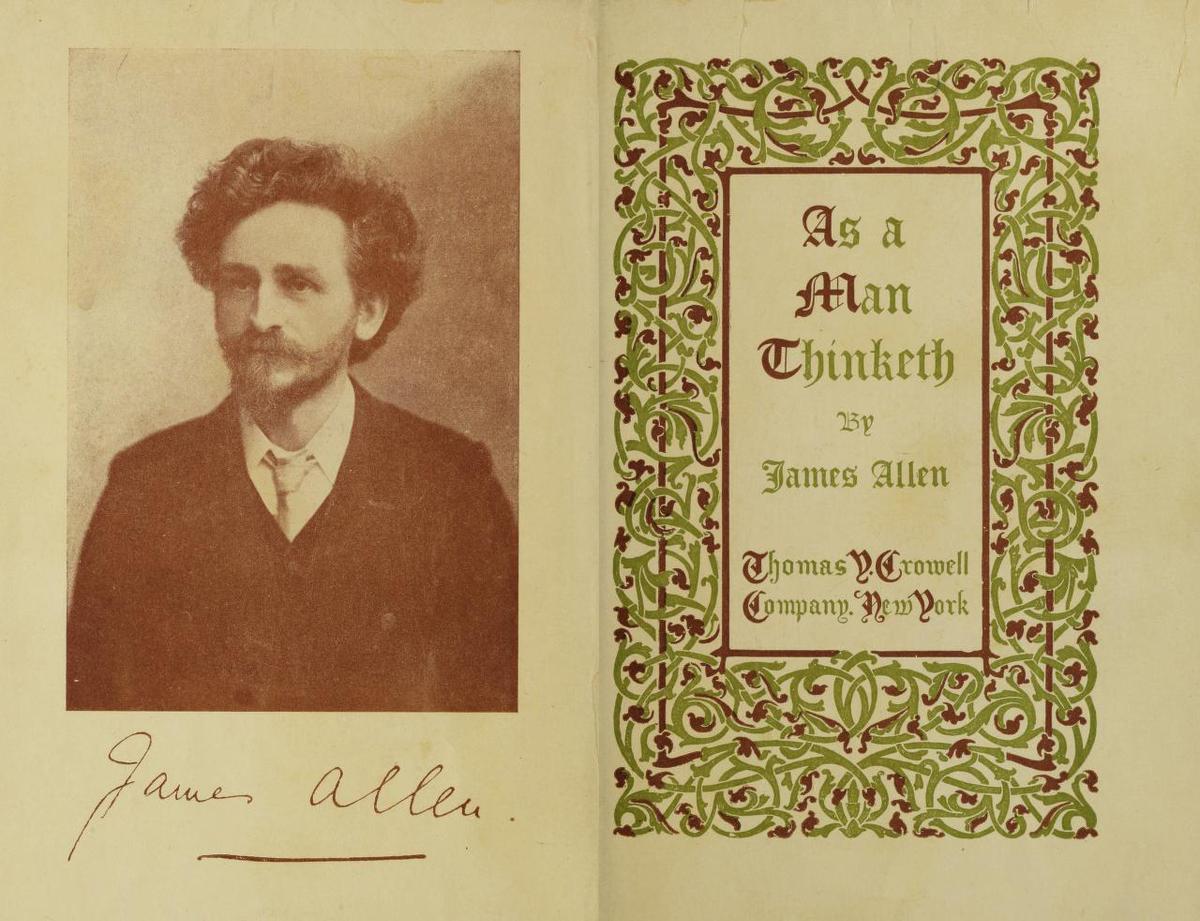
Unlimited Potential?
The corollary to this idea—this belief—aligns with a core American tenet: You can be whatever you want to be; life and its potential are unlimited. This idea is core to the work of great American personal development guru Brian Tracy, who cites Allen as an influence. It is, essentially, the American Dream, verbalized.I am a great advocate of personal development (I mean, who would not want to develop as a person?), yet I don’t fully subscribe to the idea of unlimited human potential. For one thing, it flies in the face of all ancient wisdom: Man is mortal; know thyself—meaning, know you are not a god! There is a limit—thus far, and no further! To go further than the limit is hubris, and the gods—not to mention God Almighty—always punish hubris, since it is the sin of pride.
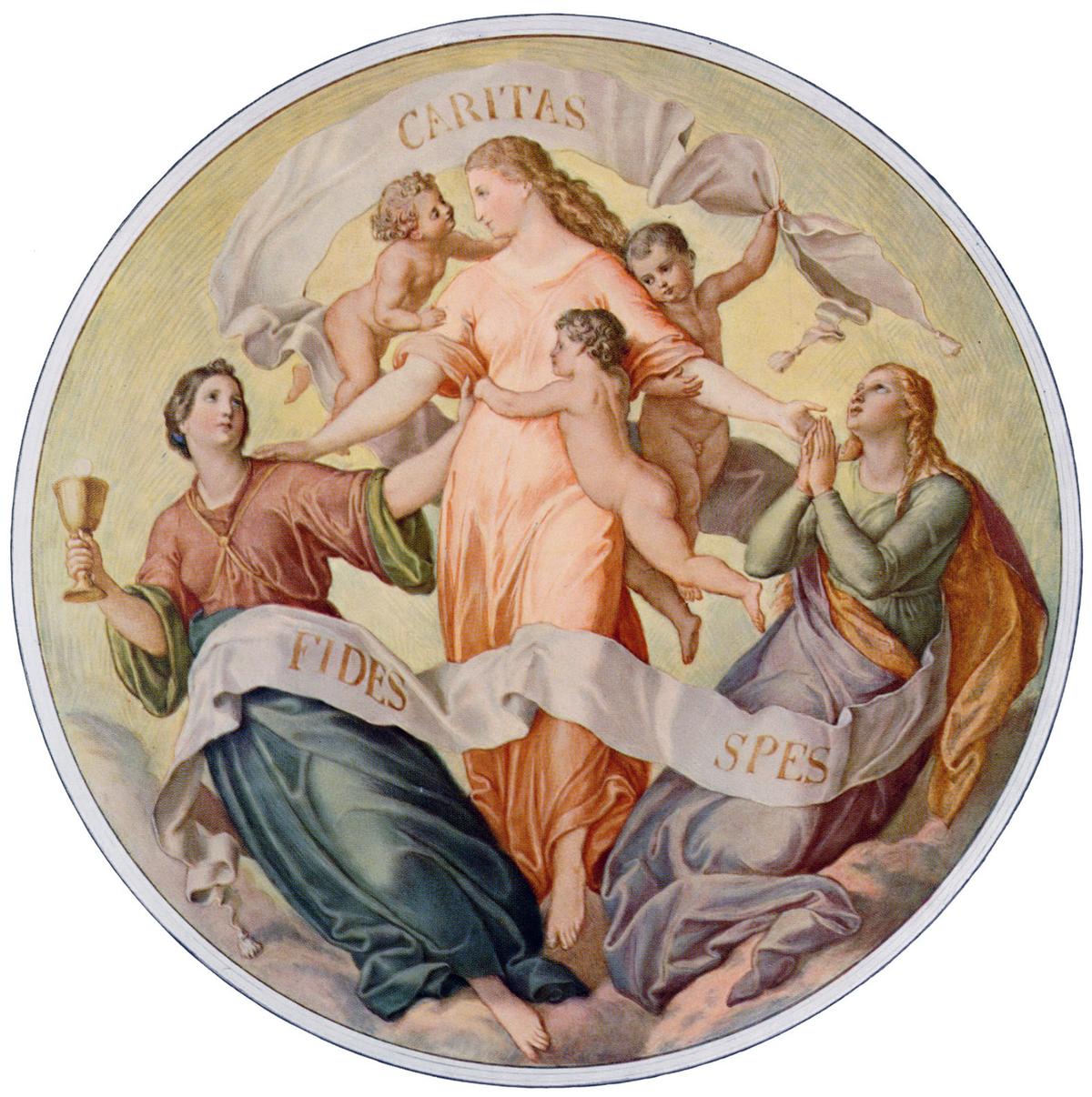
That said, I do subscribe to James Allen’s view that our thoughts greatly contribute to our reality, our happiness or otherwise, and so, ultimately, to our destiny. As he says, “Strong, pure, and happy thoughts build up the body in vigour and grace”; and further, “a particular train of thought persisted in, be it good or bad, cannot fail to produce its results on the character and circumstances.” Aren’t these sound observations and useful, good advice?
Contrasting Examples
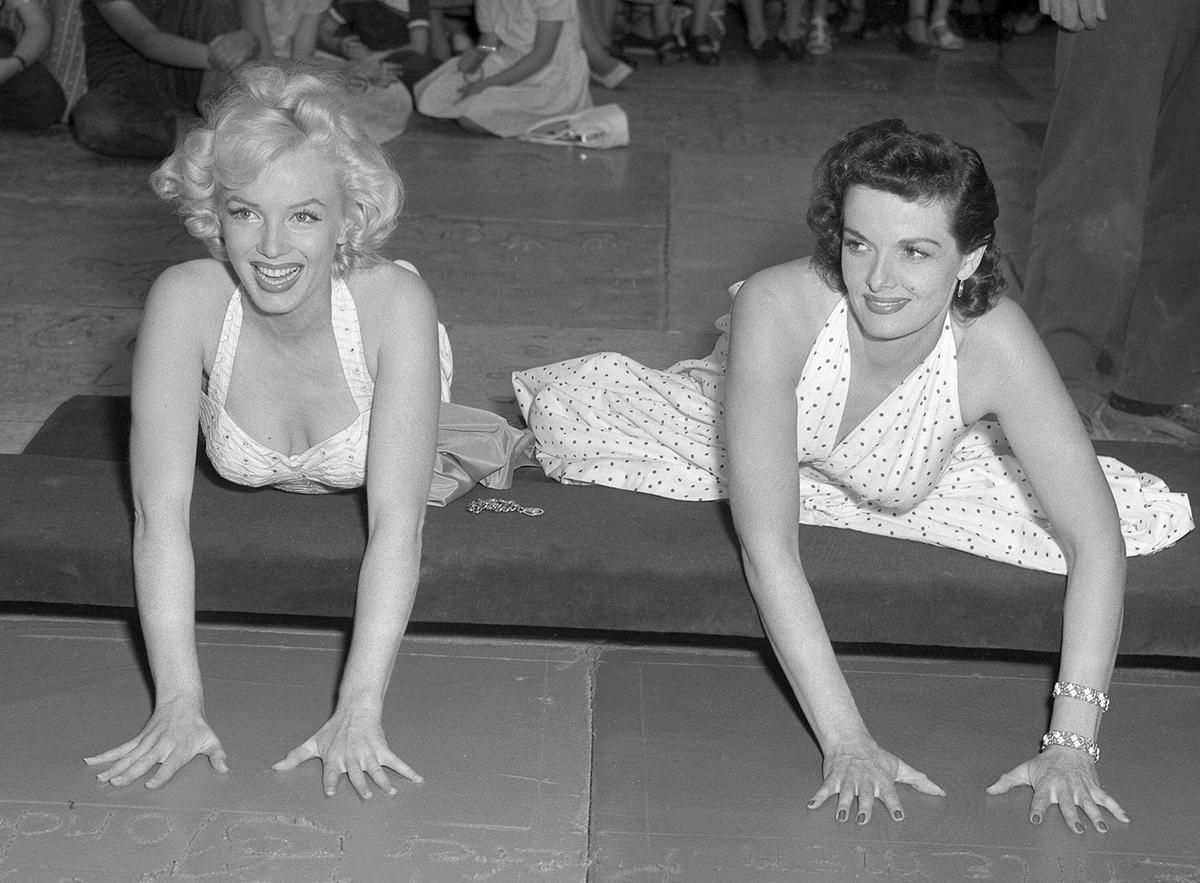
Rather than launch into an overview of world history in the light of what we perceive individuals or groups “think in their heart,” or what they base their movements and ideologies on, I’d just like to observe the thoughts of two glamorous women and their outcomes. Jane Russell (1921–2011) was an alluring Hollywood movie star. Her greatest film success was probably in “Gentlemen Prefer Blondes,” where she co-starred with Marilyn Monroe (1926–1962). They became friends, but how differently their careers and their outcomes proved to be.
Monroe’s comment on Russell: “Jane tried to convert me to religion, and I tried to introduce her to Freud.” This one sentence suggests their destinies. Does it also prophetically indicate what follows?
Jane Russell was a committed Christian; she had problems, including alcoholism, after the death of her third husband (two of her husbands died, one of a heart attack after only 3 months of marriage). But what you see, as she lived until she was 89, is resilience—a toughness, a belief in God and herself—that could not be completely displaced by devastating external circumstances. She achieved things and had a real life.
Indeed, later in her career, Russell appeared on several TV shows to testify to her faith and how it had sustained her. One notable appearance was on the popular Christian TV program “Hour of Power,” which the renowned televangelist Robert H. Schuller hosted. At this event, she shared her personal testimony and spoke openly about her struggles and triumphs, emphasizing the importance of faith and reliance on God in overcoming life’s challenges.
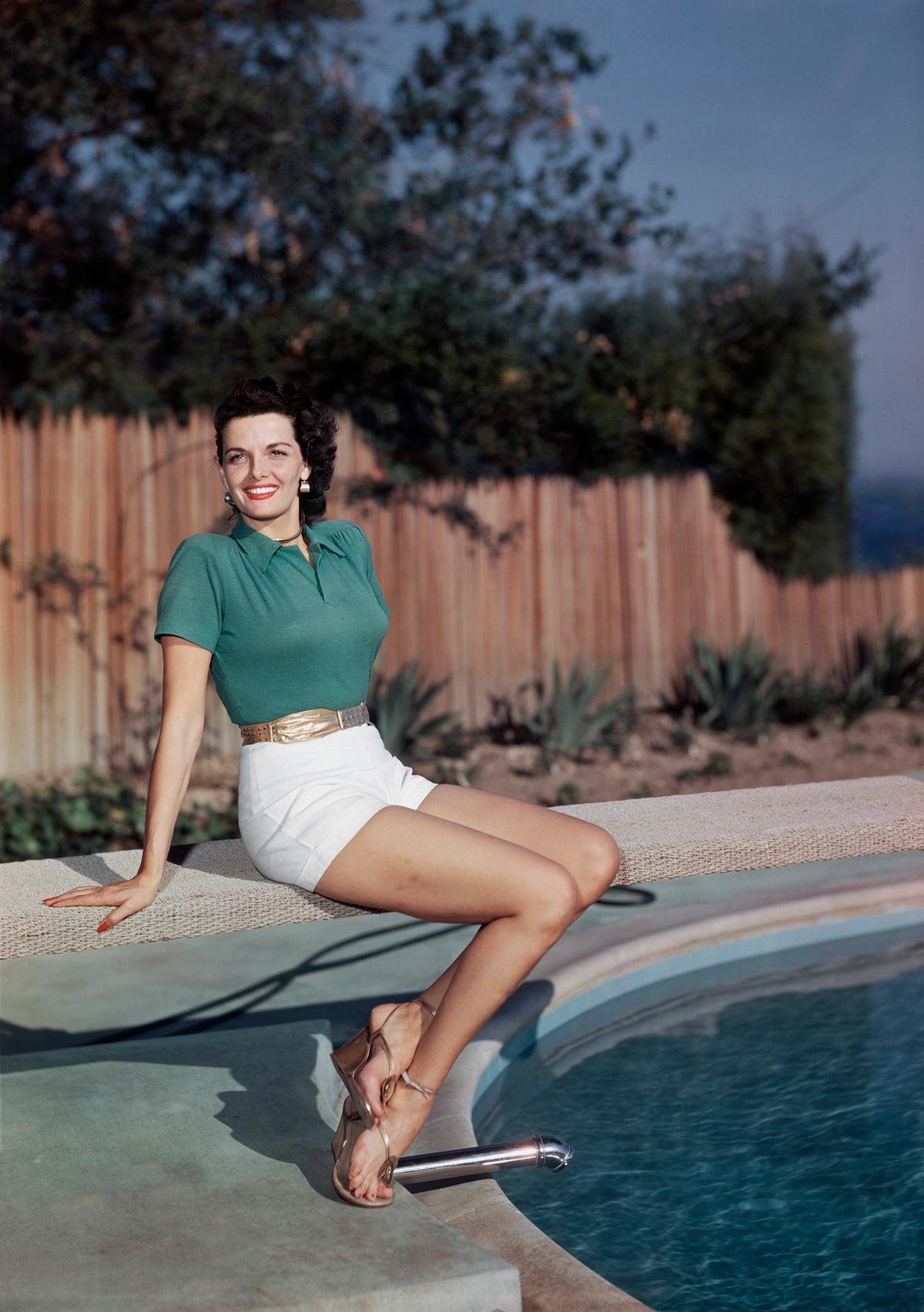
Monroe, on the other hand, five years younger than Russell, died at only 36. In thinking that Freud was some sort of liberating god, she abandoned herself to its priest—a psychoanalyst—of this particularly hopeless religion. As American classicist Allan Bloom drily observed: “Freud says that men are motivated by desire for sex and power, but he did not apply those motives to explain his own science or his own scientific study.” Hence, dark and chthonic forces seem to have been with Monroe. Happy? She didn’t appear so.
She began seeing Ralph Greenson, a prominent psychiatrist in Los Angeles, in 1960 and continued until her death in 1962. The therapy sessions were aimed at addressing her emotional struggles, including depression, anxiety, and feelings of inadequacy. The relationship with Greenson was allegedly complex, and he became deeply involved in Monroe’s life. He allowed her to stay at his home when she was particularly distressed, which for me certainly seems to compromise a therapist’s objectivity.
What Our Preference Says About Us
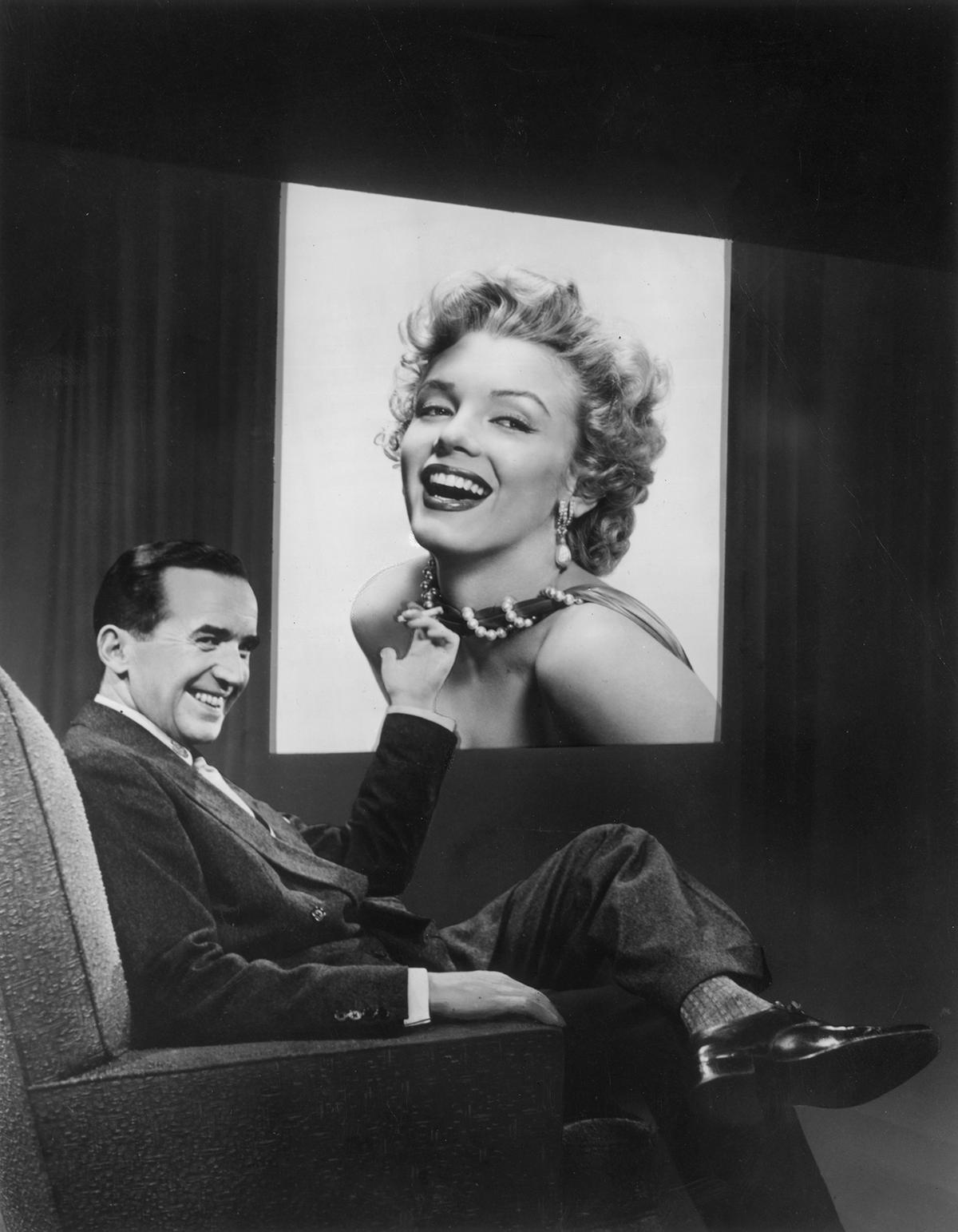
Of course, Hollywood loves Monroe more than Russell, as does the public. According to American Film Institute’s “100 years ... 100 stars” list, Monroe is ranked sixth in the all-time greatest female legends list. But this is exactly the same kind of love experienced by Jimi Hendrix, Janis Joplin, Amy Winehouse, and anyone else we might want to name: We crave the spectacle of talented or artistic people self-destructing in the name of freedom, in the delusion of liberty, in the craze of excess.
Somehow, their fates justify our more modest indulgences and vicarious pleasures. We become voyeurs of their lives and equate this self-destruction with freedom, as opposed to what it really is—license, or even more accurately, self-indulgent anarchy.
However that may be, there is no getting away from what a man (or woman) thinketh. Ultimately, we pay the piper for those deep thoughts that reveal what we really want. So, it is better right at the start to find role models who inspire us to do good and to be good, rather than celebrate the helpless and hopeless who pretend they’ve achieved freedom and personal expression. It’s quite clear that they are unhappy in and of themselves. Better Jane Russell than Marilyn Monroe!




